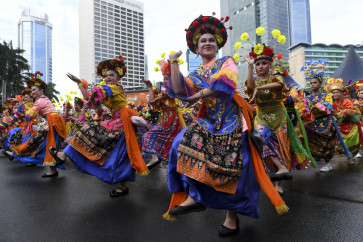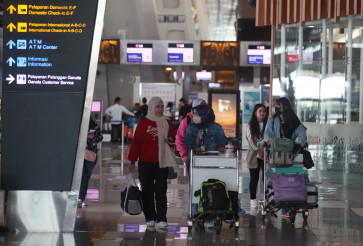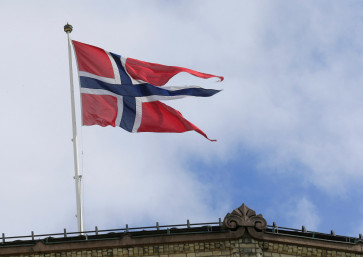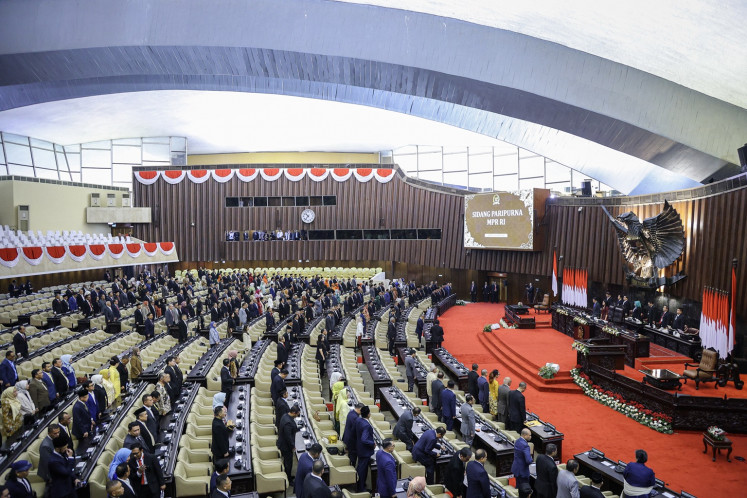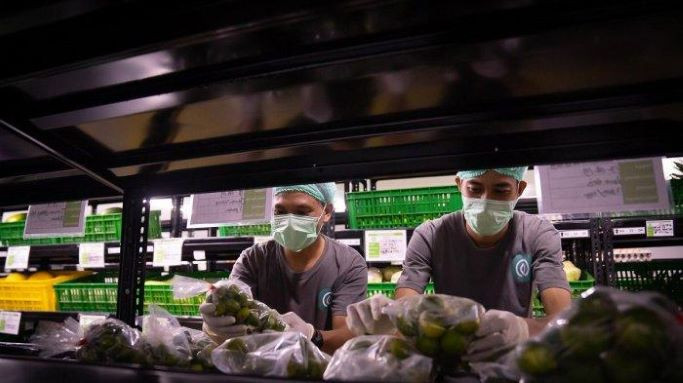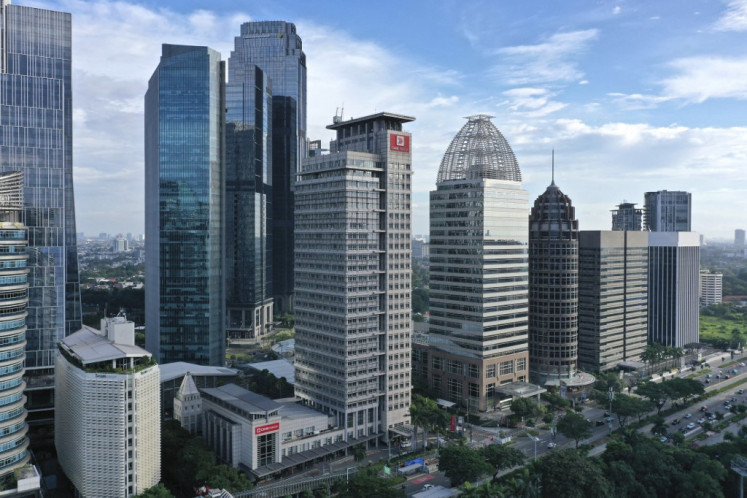Popular Reads
Top Results
Can't find what you're looking for?
View all search resultsPopular Reads
Top Results
Can't find what you're looking for?
View all search resultsMaking Manado-Bitung the port of call for investment
It has been more than 10 years since regional economies expert Noldy Tuerah used an interesting analogy to describe the lopsided nature of Indonesia’s geographic economy
Change text size
Gift Premium Articles
to Anyone
I
t has been more than 10 years since regional economies expert Noldy Tuerah used an interesting analogy to describe the lopsided nature of Indonesia’s geographic economy. At a 2001 economic discussion in Manado, before the keynote speaker and then trade minister Rini Suwandi, he called it a huge ship listing in an angry sea.
The professor from Sam Ratulangi University reminded his audience that if the ship was left in the position for a long time it would inevitably capsize. For many, it was a wake-up call to the reality of the situation.
The declivity of the ship, leaning to the western side, is clearly indicated by the minimum investment and the weak infrastructure available in the eastern part of Indonesia (known as the KTI zone), even though solid infrastructure is vital to stimulate the slow moving economy here and other remote areas generally.
The solution, said Noldy, was for the government to right the ship. One such concrete step would be for the government to develop Samudera Bitung port fully and turn this port at the rim of the Pacific Ocean into an international hub which would later function as a transshipment port.
The slow-moving economy in the east is caused by costly logistics. The ships carrying export and import consignments to and from eastern areas have to go through a winding route, because the only gateway available in Indonesia is Tanjung Priok Port in Jakarta.
After unloading there and transferring to containers belonging to MLOs (Main Line Operators) and then shipped to Singapore, they are moved to mother vessels for shipment to destination countries.
During the two unloading and loading processes, in Tanjung Priok and Singapore, the products’ quality is often adversely affected.
This lengthy process makes the eastern area’s products globally uncompetitive, and renders it unpopular among both foreign and domestic investors.
According to Noldy, if Samudera Bitung port, which is in close proximity to East Asia’s major cities,
was fully utilized it would minimize logistics costs.
Not all exports should automatically be sent via Tanjung Priok and then Singapore.
In the near future Indonesia, especially for exports to East Asia and the Pacific, should make the most of Bitung port, which is about 40 kilometers from Manado and close to the relevant destinations (see map).
It is estimated that use of the port would help the KTI enhance its competitive edge for exports, especially to the Asia Pacific market. It would also improve KTI’s competitiveness in investment
and tourism.
Cost effective
Unfortunately, whenever the idea is broached it is rejected by those who focus on the relatively low available shipment volume at present.
Proponents could instead point to the example of Tanjung Pelepas Malaysia International Hub, which was the subject of controversy when it was first proposed for the same reason. Then prime minister Mahathir Muhammad offered a shrewd answer to the naysayers.
He said the volume of goods was not the basic point; the cost-effective hub was lower by between 30 and 40 percent for its handling costs and so on compared to Singapore’s international port.
After Tanjung Pelepas was completed and started to operate in 2000, its management launched a heavy promotion campaign in both the international and domestic media to encourage international business corporations to use Tanjung Pelepas transshipment port.
Mahathir’s prediction proved to be right. In just 12 years of operation the port has succeeded in handling more than 4 million TEUs (twenty-foot equivalent units) or 20-foot containers per year, which is close to Tanjung Priok’s figure of 5 million TEUs.
Noldy said the development of Bitung port as an alternative gateway would greatly benefit Indonesia economically as the shipping costs to East Asia and the Pacific were lower due to its close proximity. At the same time, with speedy and efficient export and import processes, the port would be more competitive.
He added that the distance from Tanjung Priok to Shanghai is about 4,142 miles, while from Bitung it was only 1,901 miles, which means huge savings in the cost of shipment (see graphic) for exporters.
The stumbling block of questions about the export volume should be put aside, because as a transshipment port Bitung can be turned into a consolidation center before goods are shipped to destination countries.
Noldy’s opinion was made many years ago, but it is still relevant today. And there are increasing champions of making the port a strategic international trading hub.
During his visit to North Sulawesi from Oct. 17 to 19, the governor of American Samoa, Togiola Tulafano, said that establishing Bitung as a global hub by the Indonesian government would be a strategic decision in the long run to take advantage of rapid economic development in the Pacific region. At a special discussion with government officials, he said that opening new Indonesian gateways on the Pacific Rim was a must because it would spur domestic sea transportation.
North Sulawesi Governor Sinyo Harry Sarundajang acknowledged the short-sighted viewpoint of some that Manado and Bitung were on the periphery of Indonesia and far from economic activities, when in fact from the perspective of the Asia Pacific they are central.
He cited another obstacle that Indonesia erroneously believed in the marketing theory of supply
and demand because the government had long conducted infrastructure investment based on this concept, resulting in sparse facilities in the KTI.
Fortunately, President Susilo Bambang Yudhoyono during the launch of the Master Plan of the Economic Acceleration and Development (MP3EI) in 2011 mentioned in the foreword that the national economic development should not be solely based on the conventional market theory.
“The government should intervene to trigger acceleration,” he said.


